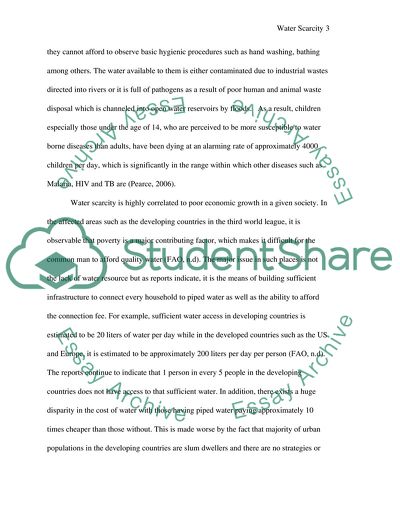Cite this document
(Analysis of Water Scarcity Research Paper Example | Topics and Well Written Essays - 1750 words, n.d.)
Analysis of Water Scarcity Research Paper Example | Topics and Well Written Essays - 1750 words. Retrieved from https://studentshare.org/environmental-studies/1744737-water-scarcity
Analysis of Water Scarcity Research Paper Example | Topics and Well Written Essays - 1750 words. Retrieved from https://studentshare.org/environmental-studies/1744737-water-scarcity
(Analysis of Water Scarcity Research Paper Example | Topics and Well Written Essays - 1750 Words)
Analysis of Water Scarcity Research Paper Example | Topics and Well Written Essays - 1750 Words. https://studentshare.org/environmental-studies/1744737-water-scarcity.
Analysis of Water Scarcity Research Paper Example | Topics and Well Written Essays - 1750 Words. https://studentshare.org/environmental-studies/1744737-water-scarcity.
“Analysis of Water Scarcity Research Paper Example | Topics and Well Written Essays - 1750 Words”, n.d. https://studentshare.org/environmental-studies/1744737-water-scarcity.


